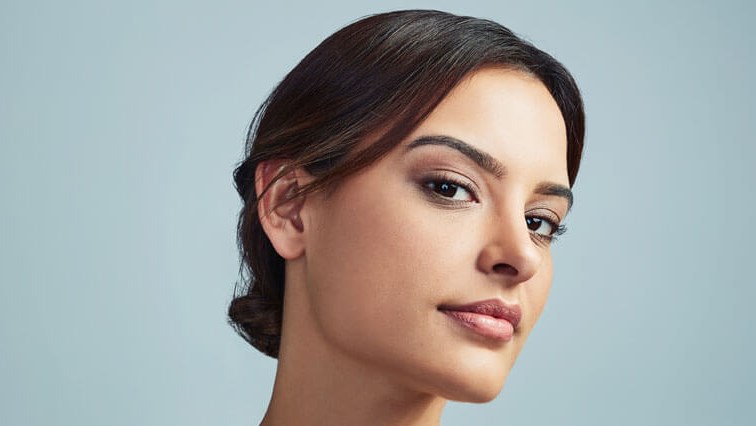Upper vs. Lower Eyelid Lift: What’s the Difference?
&srotate=0)
When it comes to refreshing your eyes and reducing signs of aging, an eyelid lift can make a dramatic impact. But should you get an upper or lower eyelid lift — or both? The answer depends on what's bothering you. Upper eyelid surgery targets drooping or sagging skin that can make your eyes look tired or even block your vision. Lower eyelid surgery, on the other hand, focuses on puffiness, under-eye bags, or excess skin below the eyes.
At SAC Plastic Surgery in Oak Lawn, IL, Dr. Saeed Chowdhry helps patients understand the differences between these procedures and customizes each approach to rejuvenate tired eyes, achieving natural, balanced results.
What is the goal of upper eyelid surgery?
Upper eyelid surgery, also known as blepharoplasty, focuses on lifting and tightening the skin and muscles above the eyes. Over time, the upper eyelids can droop due to aging or genetics, creating a heavy or tired appearance. This droopy eyelid correction can not only restore a youthful look but can also improve peripheral vision when sagging skin begins to interfere. During the procedure, excess skin and sometimes small pockets of fat are removed to create smoother contours and a more alert, refreshed expression. Many Chicago area patients choose this surgery to brighten their appearance while maintaining a natural look.
What concerns does lower eyelid surgery address?
If your main concern is puffiness or under-eye bags, lower eyelid surgery may be the better fit. This procedure focuses on lower eyelid fat removal and smoothing out wrinkles or sagging beneath the eyes. Over time, the skin in this area thins and loses elasticity, which allows fat to protrude and create shadows. By carefully repositioning or removing fat and tightening the skin, lower eyelid surgery creates a smoother, more rested appearance. The result is a youthful transition between the lower eyelid and cheek, helping patients look more awake and rejuvenated.
Can you combine upper and lower eyelid lift surgery?
Yes — and many patients do. Combining upper and lower eyelid procedures can create comprehensive rejuvenation for the entire eye area. When performed together, these surgeries deliver balance and harmony to facial features, addressing sagging above the eyes and puffiness below in one treatment plan. Common benefits include:
- Fewer fine lines and wrinkles around the eyes
- Reduction of droopy upper lids and under-eye bags
- Improved symmetry and refreshed overall appearance
Dr. Chowdhry personalizes each procedure to anatomy, ensuring smooth transitions and natural-looking outcomes that complement facial proportions.
How do you choose between upper and lower eyelid surgery?
The ideal way to decide between upper vs. lower eyelid lift is to start with a consultation. Dr. Chowdhry evaluates your concerns, examines your eyelid structure, and discusses your aesthetic goals. If your upper lids feel heavy or interfere with makeup or vision, an upper eyelid lift is likely ideal. If puffiness, dark circles, or sagging skin below the eyes bother you more, a lower eyelid lift may be the answer. Some patients benefit from a combination approach to achieve full rejuvenation. Ultimately, your treatment plan will be based on your unique needs, ensuring that your results look natural and refreshed — not overdone.
Ready to rejuvenate your eyes in Chicago, IL?
If you've noticed sagging lids or puffiness that makes you look tired, eyelid lift surgery may be the solution. At SAC Plastic Surgery near Chicago, IL, Saeed Chowdhry, MD, FACS, provides care and personalized treatment plans for patients seeking to rejuvenate tired eyes and restore youthful definition. Whether you need droopy eyelid correction, under-eye bags treatment, or both, his approach ensures balanced, lasting results. Schedule your consultation today to discover how to choose between upper and lower eyelid surgery and bring back your refreshed, confident look.